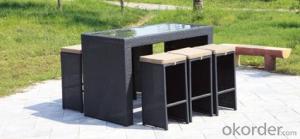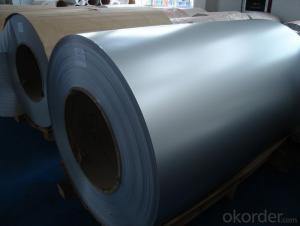Used Solar Inverter
Used Solar Inverter Related Searches
Deer Sculptures For Garden Garden Summerhouse With Storage Steel Outdoor Bench Outdoor Light Projector Stars F250 Light Bar Behind Grille Iron Outdoor Bench Iron Table Lamps Outdoor House Spotlights Plastic Patio Sets Clearance Double Hanging Egg ChairHot Searches
Type Of Inverter For Solar Types Of Inverter For Solar Used Solar Inverter For Sale Inverter Size For Solar System Solar Edge Inverter For Sale 5kw Solar Inverter For Sale Solar Inverter For Sale Solar Inverter For Battery Solar Inverter For Split Ac Solar Inverter For Laptop Solar Inverter For Fridge Solar With Inverter Price Solar Inverter With 2 Battery Solar Inverter Price In China Best Solar Inverter In China Solar Inverter Price In Dubai Solar Inverter Price In Uae Solar Inverter Price In Kenya Solar Inverter Price In Kerala Solar Hot Water Collectors For SaleUsed Solar Inverter Supplier & Manufacturer from China
Okorder.com is a professional Used Solar Inverter supplier & manufacturer, offers integrated one-stop services including real-time quoting and online cargo tracking. We are funded by CNBM Group, a Fortune 500 enterprise and the largest Used Solar Inverter firm in China.Hot Products
FAQ
- The maximum power rating of a solar inverter typically depends on its size and capacity, but it can range from a few hundred watts to several megawatts.
- The role of a solar inverter in a solar power system is to convert the direct current (DC) electricity produced by the solar panels into alternating current (AC) electricity that can be used to power household appliances and be fed back into the electrical grid. The inverter also ensures that the power generated by the solar panels is at the correct voltage and frequency for safe and efficient use.
- The lifespan of a solar inverter typically ranges from 10 to 20 years, depending on various factors such as the quality of the inverter, usage patterns, maintenance, and environmental conditions.
- A solar inverter handles ground fault protection by continuously monitoring the electrical currents flowing between the solar panels and the grid. If it detects any abnormal current leakage to the ground, it quickly shuts down the system to prevent any potential electrical hazards or damage. This ensures the safety of both the equipment and personnel working with the solar installation.
- Yes, a solar inverter can be used with a solar-powered swimming pool heater. A solar inverter converts the direct current (DC) produced by the solar panels into alternating current (AC) that is compatible with household appliances and equipment. Since a solar-powered swimming pool heater also relies on solar panels to generate electricity, the solar inverter can be used to convert the DC power from the panels into the AC power required to operate the heater.
- The role of a solar inverter in optimizing energy production is to convert the direct current (DC) electricity generated by the solar panels into alternating current (AC) electricity that can be used to power homes and businesses. It also helps in managing and controlling the flow of electricity from the solar panels to the grid or batteries, ensuring maximum efficiency and utilization of the generated energy. Additionally, solar inverters monitor the performance of the solar system, providing vital data and feedback to optimize energy production and identify any issues or maintenance requirements.
- The role of a solar inverter in preventing system downtime is to convert the direct current (DC) produced by solar panels into alternating current (AC) that can be used to power electrical devices and to feed excess energy back into the grid. By maintaining a stable and reliable flow of electricity, solar inverters help prevent disruptions and downtime in the solar energy system, ensuring continuous operation and maximizing energy efficiency.
- A solar inverter handles voltage fluctuations by continuously monitoring the incoming solar power and adjusting its output voltage accordingly. It uses advanced electronics and control algorithms to ensure that the output voltage remains stable and within a specified range, regardless of variations in the input voltage. This allows it to provide a consistent and safe supply of electricity to connected devices, even in the presence of voltage fluctuations.















































